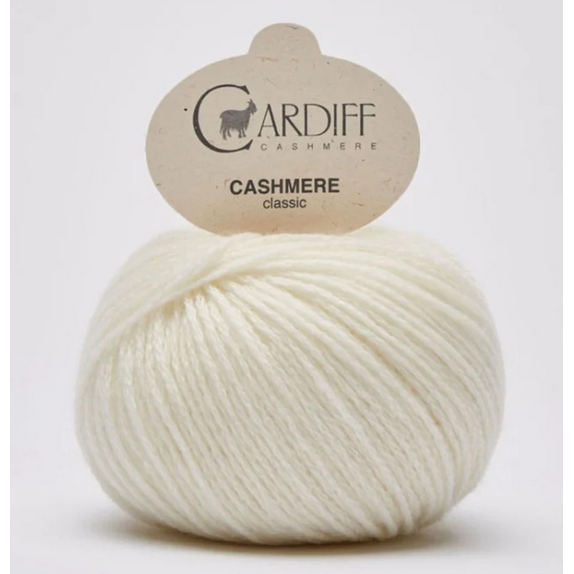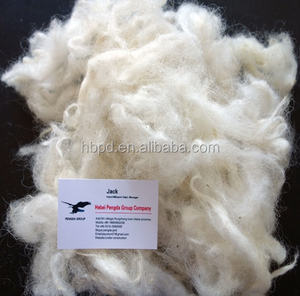Discover the Appeal of Cashmere an All-natural Fiber: Why It's a Must-Have in Your Wardrobe
The appeal of cashmere, a high-end all-natural fiber, goes beyond simple aesthetics. From discussing its intriguing origin to comprehending its manufacturing process, quality, and care, it's worth checking out why cashmere holds such a special location in the world of textiles.

The Origin and History of Cashmere: A Quick Review
While several might see cashmere as an easy luxury, its background is soaked in rich social custom. Originating from the Kashmir area in India, cashmere woollen has been produced for hundreds of years. The fiber is acquired from the soft undercoat of cashmere goats, harvested throughout their molting season. As a precious asset, it was traded along the Silk Roadway, becoming very valued in Europe in the 18th century. The name 'cashmere' is an old English derivation of Kashmir. In spite of its global appeal, most of cashmere manufacturing still stays in Asia, specifically China and Mongolia. This historic journey highlights the social relevance of cashmere, transforming it from a local specialty to an international high-end.
Understanding the One-of-a-kind Qualities of Cashmere Fiber
While various other products might put on down over time, cashmere preserves its top quality, making certain durable wear. Cashmere has an one-of-a-kind visual charm. Comprehending these residential properties makes clear why cashmere is not simply a high-end, but a worthwhile investment for any kind of closet.

The Refine of Producing Cashmere: From Goat to Garment
To appreciate the luxurious homes of cashmere totally, one must comprehend its trip from the raw fiber to the ended up product. The process starts with the cashmere goats, mostly found in Mongolia, China, and Iran. The soft undercoat of these goats, harvested during their all-natural molting period in springtime, provides the raw material. This delicate fiber is then very carefully divided from the coarser external hair in a labor-intensive process referred to as dehairing. The pure cashmere is then dyed, spun into thread, and ultimately weaved or woven right into the desirable garments. Each step is meticulously performed to protect cashmere's significant heat, soft qualities, and durability. This intricate process results in the creation of a really glamorous material.

Decoding the High Quality and Rate: Why Is Cashmere so Expensive?
Cashmere stems from the fine undercoat of the cashmere goat, with each goat creating a mere 150 grams annually. The handling of raw cashmere calls for both time and know-how, with the fibers requiring to be very carefully sorted, cleaned, and rotated. These elements combined make cashmere a pricy yet highly desired product in the world of style.
Cashmere in vogue: The Flexibility and Timeless Allure
In spite of its high price, the classic charm and flexibility of cashmere have strengthened its place in the world of fashion. The fiber's unique appearance, defined by its softness and heat, has come to be associated with luxury and convenience. Its adaptability expands beyond seasonal fads, making it a wardrobe essential in numerous forms, from classy sweatshirts to chic headscarfs. The versatile nature of cashmere permits its integration right into both formal and laid-back attire, symbolizing its wide charm. The fabric's sustaining popularity over the years confirms to its classic charm. As patterns reoccured, cashmere you can look here remains a continuous, its attraction undiminished, remaining to shape the fashion and motivate sector's landscape.
Caring for Your Cashmere: Maintenance and Preservation Tips
Guaranteeing the durability of cashmere garments needs specific treatment and interest. These valued ownerships need to not be thrown right into the cleaning machine with regular laundry. Instead, hand washing with mild, pH-neutral soap in warm water is suggested. After cleaning, they need to not be wrung out. Rather, they need to be delicately pushed in between towels to take in excess water, then laid flat to dry. Regular cleaning with a cashmere comb can protect against pilling. Saving these things in look at this now a great, completely dry location, preferably in a breathable bag, can shield them from moths and moisture (is cashmere a natural fiber). An occasional airing outside, away from direct sunlight, can rejuvenate the fibers. With these upkeep and conservation pointers, one can guarantee their cashmere stays luxuriously soft and long lasting.
Conclusion
Cashmere, with its unmatched gentleness and heat, provides both high-end and longevity. Discover the allure of cashmere and raise your style repertoire.
